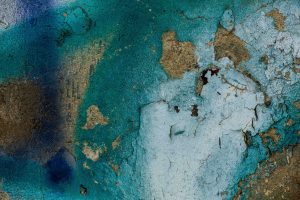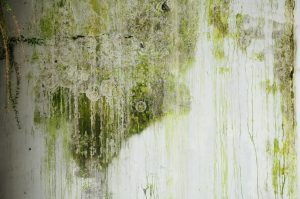 Everyone wants the assurance that their home is their safe place, but unfortunately this is not always the case. Sometimes, landlords can be lazy and fail to perform regular toxic mold inspections or remediation, and tenants may not notice until they start to exhibit symptoms. If you believe you are living with toxic mold in your apartment, follow the steps below and contact the toxic mold attorneys at Brod Law Firm to learn more about your rights and options.
Everyone wants the assurance that their home is their safe place, but unfortunately this is not always the case. Sometimes, landlords can be lazy and fail to perform regular toxic mold inspections or remediation, and tenants may not notice until they start to exhibit symptoms. If you believe you are living with toxic mold in your apartment, follow the steps below and contact the toxic mold attorneys at Brod Law Firm to learn more about your rights and options.
California Laws Regarding Toxic Mold
While federal law regulates the disclosure and prevention of lead paint, it makes no mention of toxic mold. California law requires landlords to disclose the presence of toxic mold in a residence building, when the level of mold exceeds a safe level, to tenants but does not provide any rules or guidelines for preventing or clearing out toxic mold.
 San Francisco Injury Lawyer Blog
San Francisco Injury Lawyer Blog


